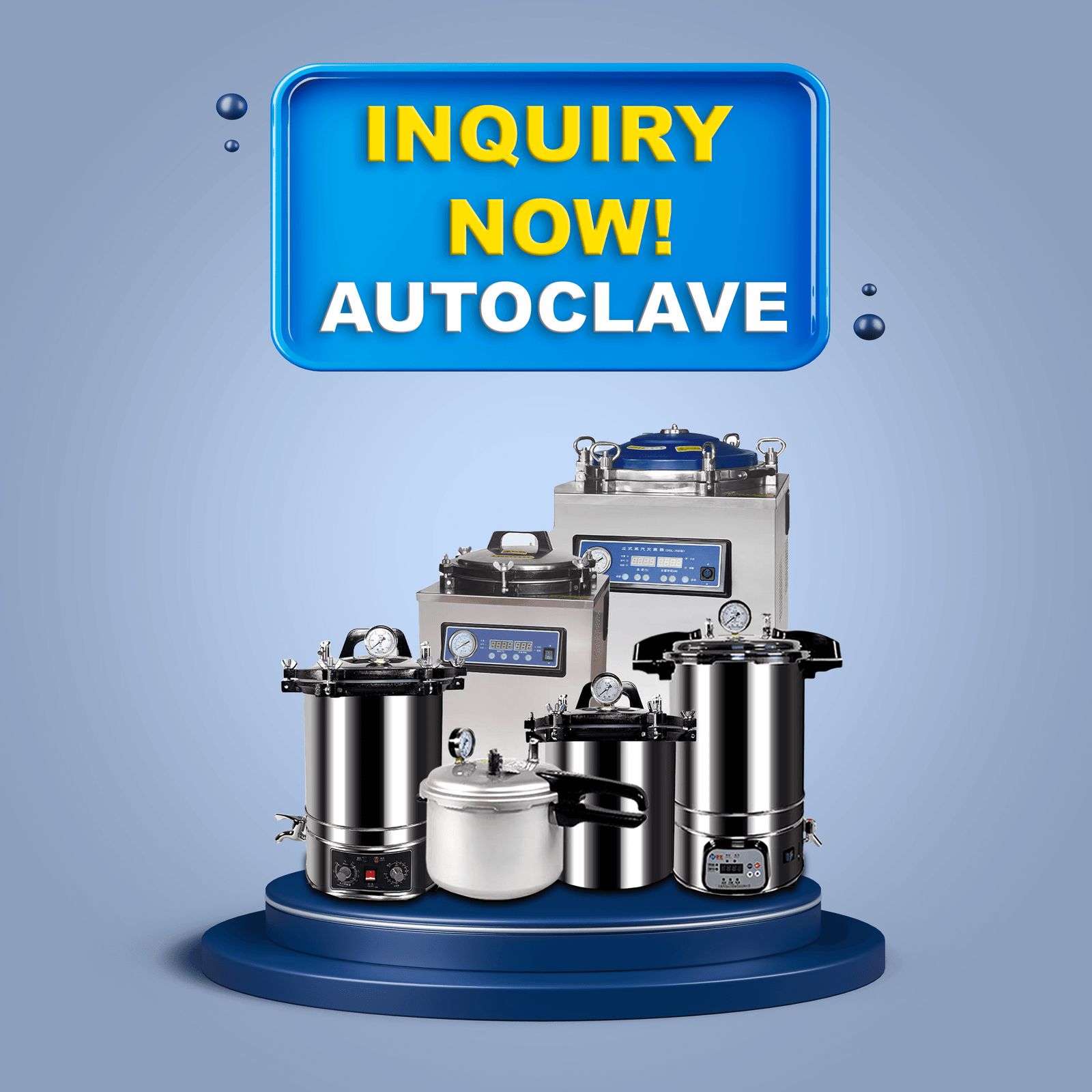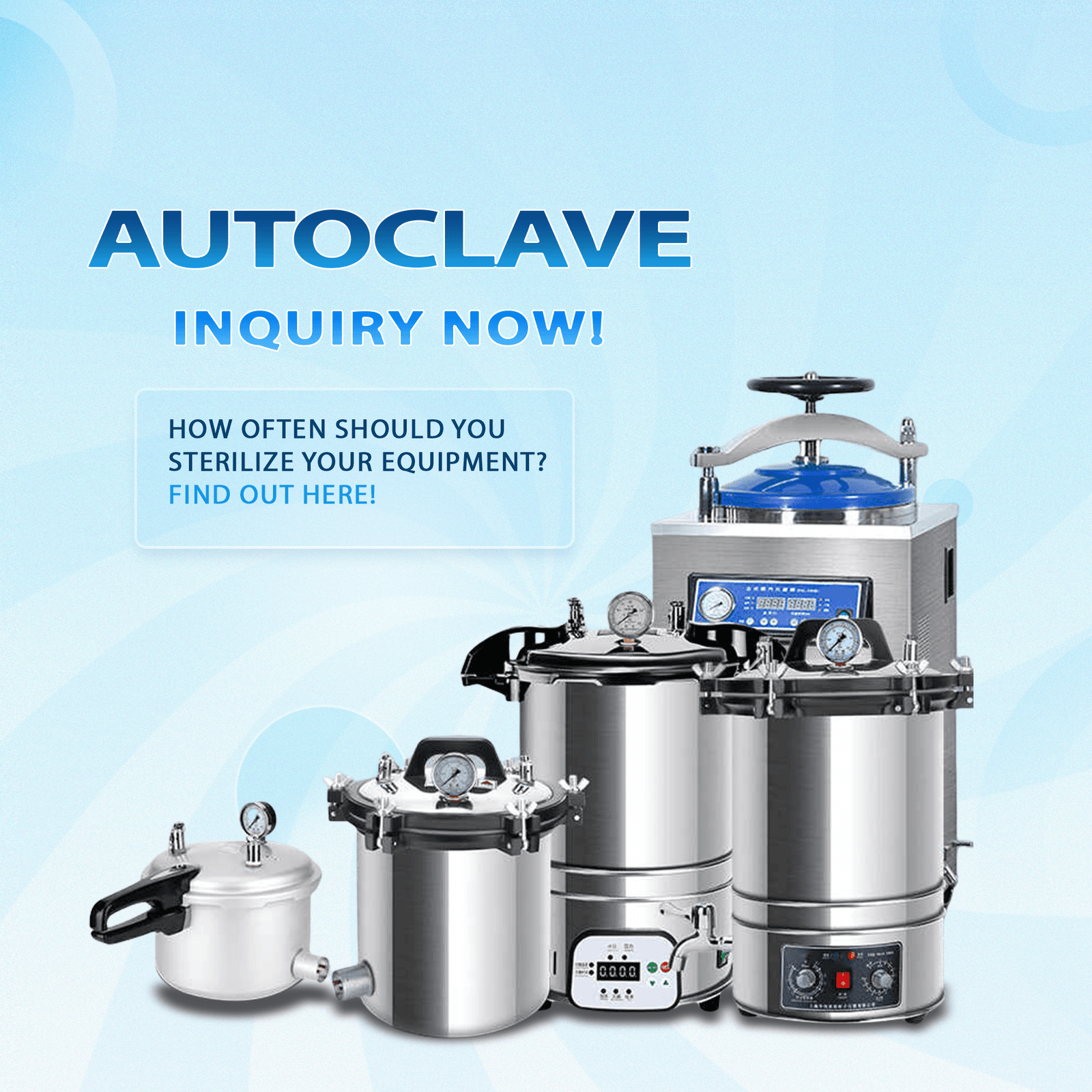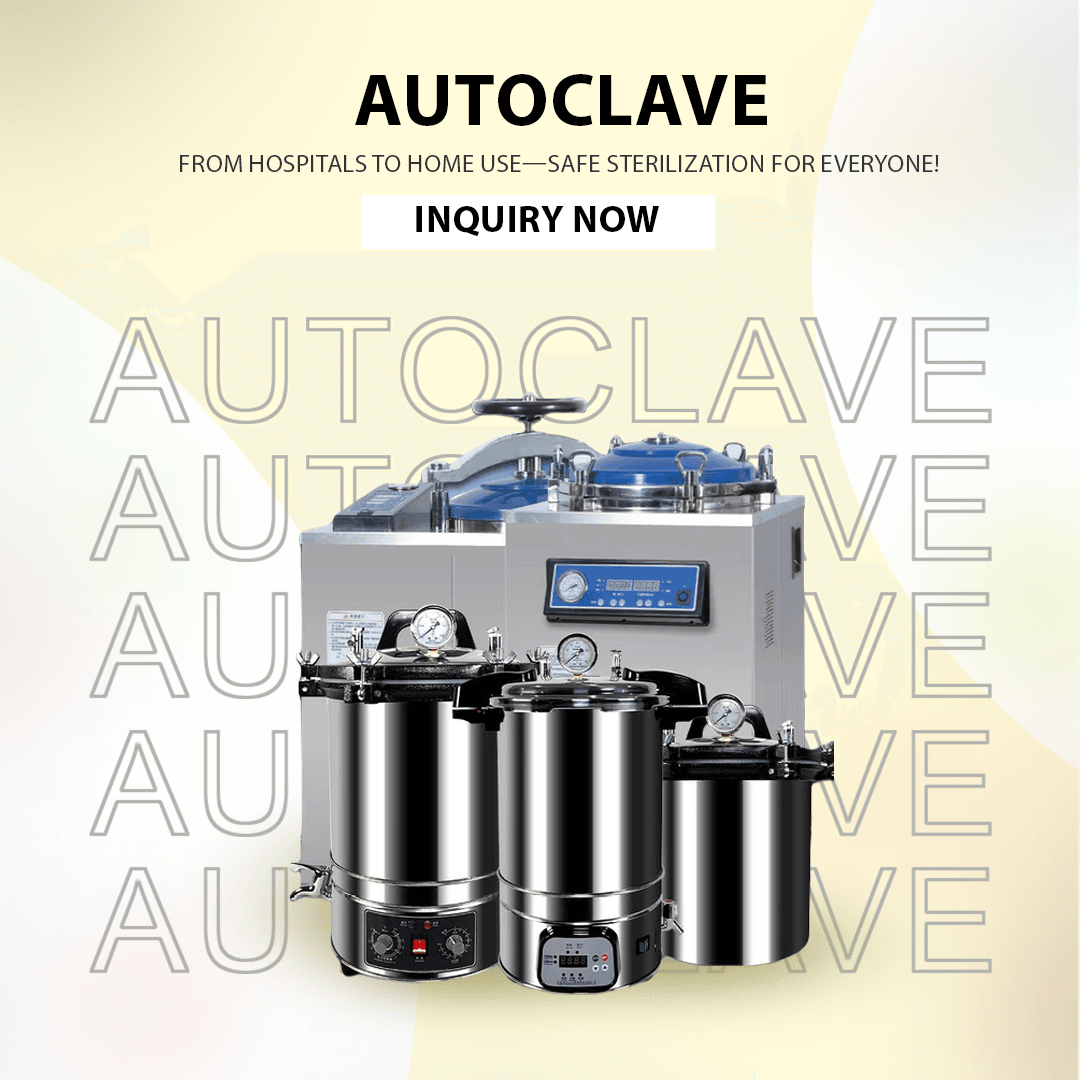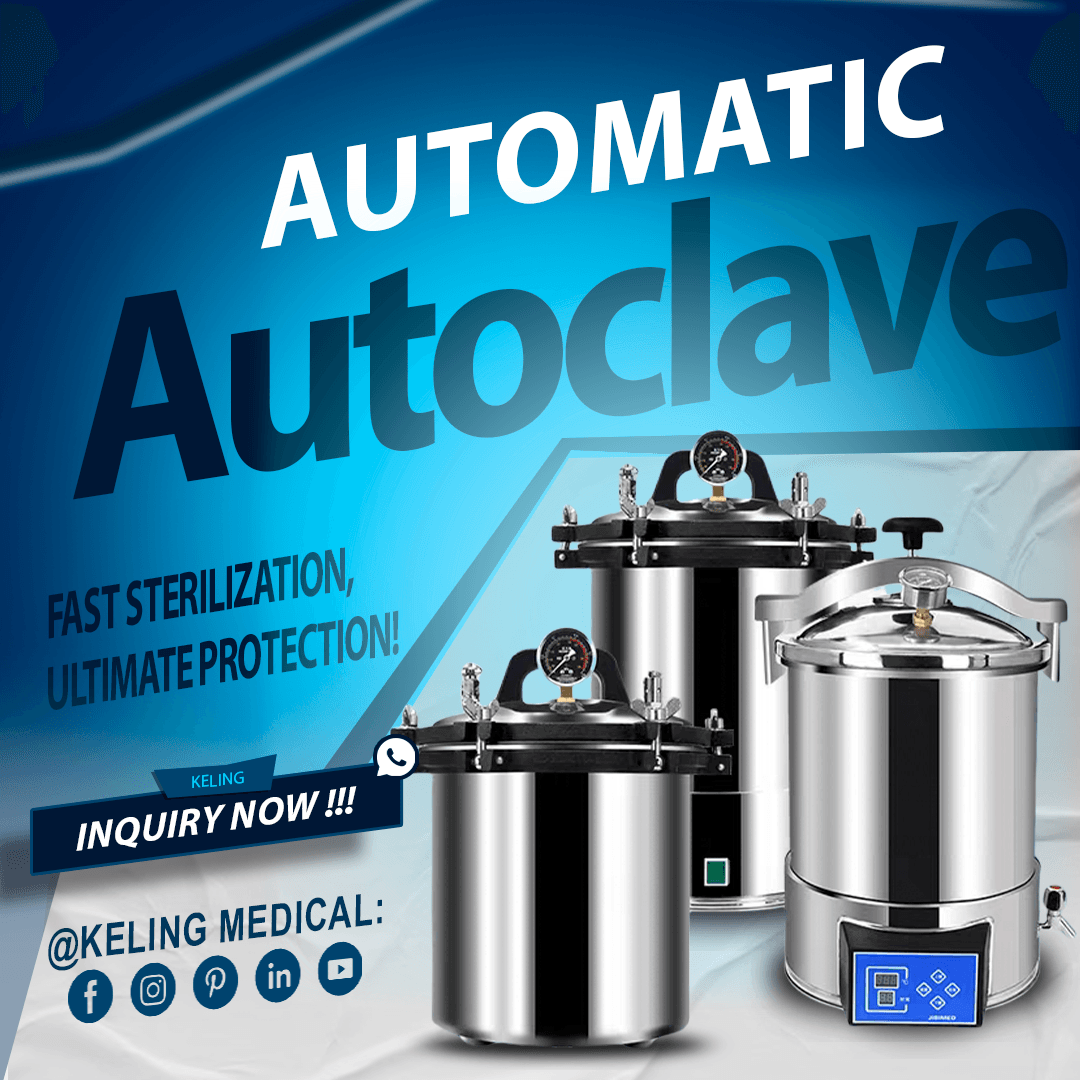
This article offers a detailed exploration of the meaning of autoclaving, its origins, its use in scientific contexts, and practical examples of its application. Whether you are a distributor, dealer, or procurement specialist, a clear grasp of autoclaving will empower you to select the right sterilization solutions and communicate effectively with clients and partners.
Autoclaving means sterilizing tools and materials by applying high-pressure saturated steam at high temperatures. In healthcare, lab, and industrial fields professionals use this term for the procedure of treating items under conditions that eliminate every kind of microbial life such as bacteria, viruses, fungi, and spores.
In practical terms, when someone asks, “what does autoclaving mean?”, the answer is straightforward: Autoclaving utilizes a specialized device called an autoclave to sterilize items until they reach complete safety standards for environments requiring strict contamination control.
The term autoclaving functions as both a noun and a verb. The term autoclaving functions as a noun which represents the sterilization method and as a verb which signifies the process of placing objects inside an autoclave for sterilization. Infection control in hospitals as well as laboratories and dental clinics depends on this process which extends to pharmaceutical manufacturing and other sectors.
The name “autoclave” combines the Greek word “auto-” meaning “self” with the Latin word “clavis” meaning “key” or “lock” to describe an invention from the 19th century which acts as a self-locking mechanism that maintains high pressure and temperature. The method of steam sterilization within a pressurized chamber eventually achieved standard naming as “autoclaving.”
Professional and scientific contexts define “autoclaving” as:
The sterilization process involving steam under pressure.
The sterilization process involves the validation of specific protocols such as “autoclaving at 121°C for 15 minutes”.
Laboratory procedures for making media, equipment, and waste materials sterile involve autoclaving.
Healthcare facilities regularly disinfect surgical instruments together with other reusable devices.
International sterilization guidelines and standards from health authorities and regulatory agencies universally recognize the term.
Real-world examples help simplify the understanding of autoclaving. Autoclaving plays a critical role in several standard situations.
Medical tools undergo a cleaning process followed by autoclaving to destroy pathogens which ensures patients remain safe during future surgeries.
Research and clinical laboratories use autoclaving methods to sterilize culture media, pipettes, flasks, and Petri dishes for preventing contamination during experiments and diagnostic processes.
Autoclaving eliminates infectious agents from biological waste including used culture plates and contaminated gloves before disposal.
Autoclaving enables dental clinics to sterilize handpieces and mirrors between patients to uphold strict hygiene practices.
Pharmaceutical companies use autoclaving to sterilize production equipment and containers and occasionally products to comply with sterility regulations.
Animal care equipment and surgical tools in veterinary clinics undergo autoclaving to minimize the transmission of infectious diseases among animal patients.
The autoclaving process sterilizes reusable needles and tools to ensure client protection from potential infections.
Anyone purchasing or handling medical and laboratory equipment must know what autoclaving means. Autoclaving represents an essential procedure that guarantees tools and materials meet safety standards and maintain reliability across sensitive workspaces.
A thorough understanding of autoclaving allows medical device distributors and procurement professionals to choose better products while enhancing client communication and maintaining optimal infection control standards. Our team stands ready to offer expert guidance while helping you discover advanced autoclave solutions.
Autoclaving means sterilizing items using high-pressure steam to destroy all microorganisms, making them safe for medical, laboratory, or industrial use.
Autoclaving is crucial because it ensures complete sterilization, preventing the spread of infection and ensuring compliance with health and safety regulations.
Commonly autoclaved items include surgical instruments, laboratory glassware, culture media, textiles, rubber goods, and biohazardous waste.
Autoclaving uses moist heat under pressure, which is more effective and faster than dry heat or chemical sterilization for most items.
You can read more about What is Autoclaving? dan Apa yang dimaksud dengan Sterilisasi Autoklaf? for in-depth information.
Are you seeking reliable autoclave solutions or expert advice on sterilization for your medical or laboratory business? Our team is here to help you with tailored recommendations and support.
Email: inquiry@shkeling.com
WhatsApp: +8618221822482
Situs web: https://autoclaveequipment.com/
Contact us today for a professional consultation or a quote, and discover how we can help you achieve the highest standards of sterilization and safety!

Lingkungan perawatan kesehatan dan laboratorium harus memprioritaskan penghilangan total mikroorganisme berbahaya dari semua peralatan dan bahan sebagai langkah penting dalam melindungi keselamatan pasien dan mengendalikan infeksi. Sterilisasi autoklaf

Industri perawatan kesehatan beroperasi di bawah peraturan yang ketat dan membutuhkan sterilitas instrumen medis untuk melindungi pasien dari infeksi dan menjaga standar keamanan. Alat sterilisasi autoklaf yang kuat merupakan komponen inti dari

Autoklaf sangat penting dalam perawatan kesehatan karena dapat mensterilkan instrumen dan bahan medis yang membantu mengendalikan infeksi. Perawatan rutin bersama dengan pembersihan yang tepat menentukan apakah perangkat ini akan berfungsi secara efektif. Medis

Autoklaf adalah peralatan penting dalam perawatan kesehatan dan pengendalian infeksi untuk menjaga kondisi steril instrumen medis dan peralatan laboratorium serta bahan penting lainnya. Pemasok peralatan medis dan ahli pengadaan

Penyedia layanan kesehatan harus memprioritaskan sterilitas instrumen dan bahan untuk mencegah infeksi secara efektif dan melindungi kesehatan pasien. Sterilisasi autoklaf terbukti menjadi metode yang sangat dapat diandalkan yang digunakan secara luas di seluruh

Industri perawatan kesehatan memerlukan tindakan pengendalian infeksi yang ketat dan oleh karena itu persyaratan dan alat tertentu sangat penting untuk memastikan keamanan dan kebersihan. Dalam pengaturan medis dan laboratorium yang menuntut kondisi steril